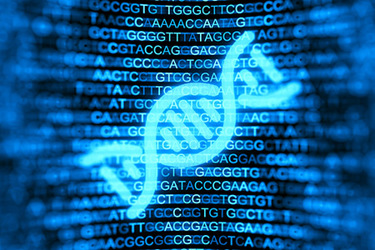Nucleases - Are They A Problem For NAB Nanosep® Centrifugal Devices?

Nucleases – enzymes that cleave the phosphodiester bonds of nucleic acids – can be a researcher’s friend or foe.
Nucleases are essential and play an important role in nucleic acid metabolism involved in DNA damage repair, messenger RNA turnover. Many of the enzymes have become indispensable tools for research. Bacterial restriction endonucleases, which form a defense mechanism against invading viruses by digesting specific DNA sequences, have enabled researchers to cut and paste genetic sequences and now are commonly used for cloning of sequences into plasmid DNA vectors. DNase I, an enzyme that nonspecifically cleaves DNA to release 5’-phosphorylated di-, tri-, and tetra- nucleotides, is used in genomic research to map areas of open, accessible chromatin1, and has found medical use in the treatment of cystic fibrosis.
RNase can be added to plasmid DNA preparations to remove unwanted RNA molecules that copurified. However, small amounts of nucleases such as DNase and RNase can negatively impact samples if they are inadvertently introduced into precious DNA or RNA samples where they can reduce yield or worse destroy the sample altogether. RNA is more sensitive to degradation and small amounts of ribonucleases can copurify with isolated RNA and compromise downstream applications. Due to its ubiquitous presence in our environment, RNase contamination can also be introduced via tips, tubes, and other reagents used in procedures. Researchers working with RNA containing samples generally go to great lengths to remove any possible RNase contamination from their workplace by wiping benchtops with cleaning solutions such as RNaseZap◆ and by treating glassware and solutions with inactivating agents such as diethyl pyrocarbonate (DEPC)3. Furthermore, RNase inhibitors, (recombinant) proteins which inhibit RNase through tight noncovalent interaction, can be added to samples to protect them during experiments or storage.
Pall NAB Nanosep centrifugal devices are used for the isolation of plasmid DNA, genomic DNA, and RNA, but are not labeled “RNase-free” or “DNase-free”. Here we examine whether the sample tubes and collection tubes of the NAB Nanosep centrifugal devices contain detectable amounts of DNase or RNase.
Get unlimited access to:
Enter your credentials below to log in. Not yet a member of Pharmaceutical Online? Subscribe today.
